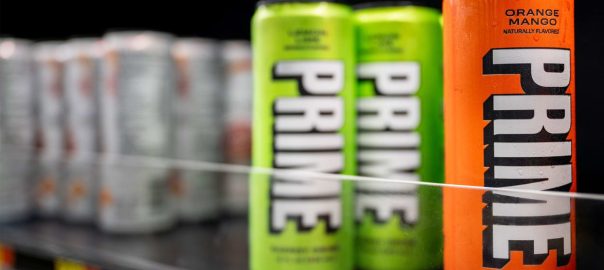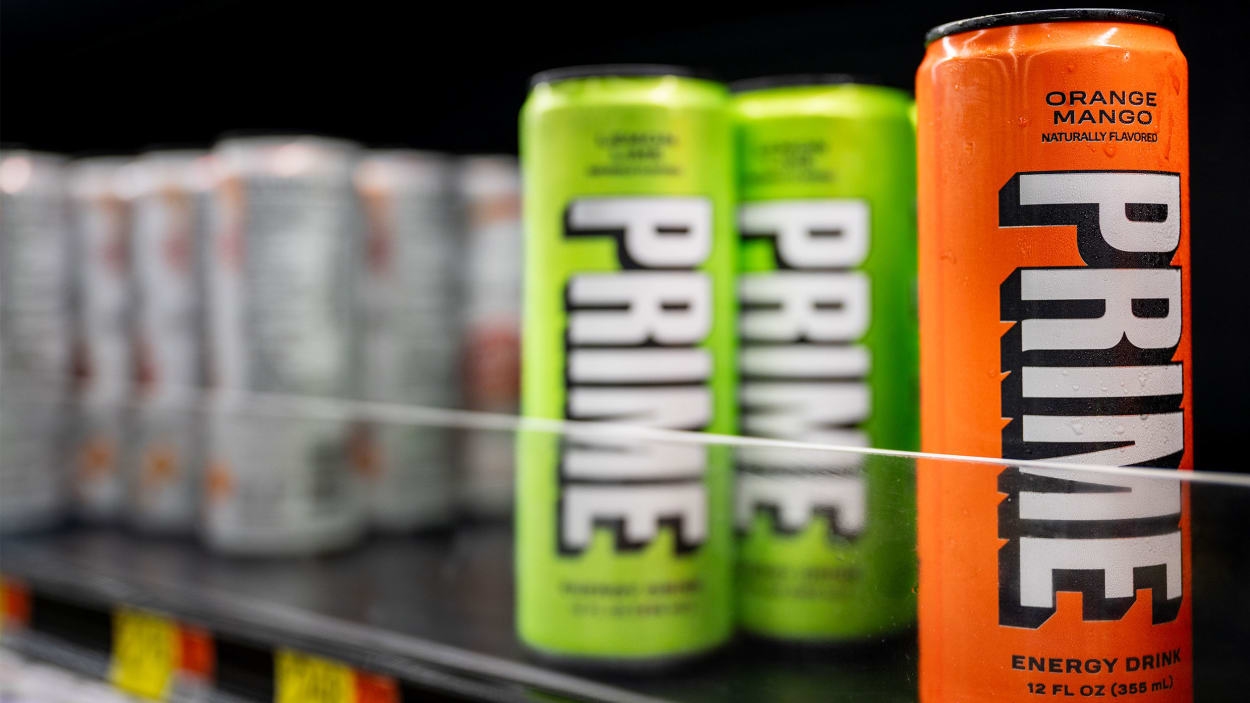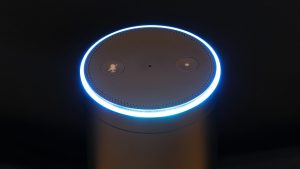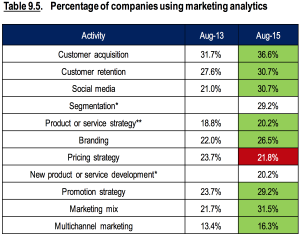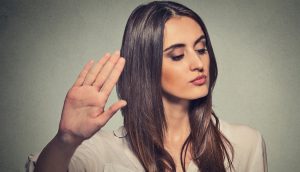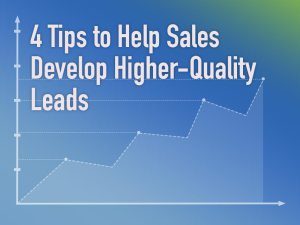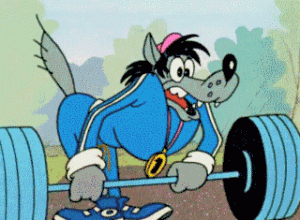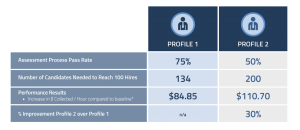By Sarah Bregel
If you have tweens or teens living in your home, you’ve likely heard of Prime energy drink, owned by Congo Brands, and created by YouTubers Logan Paul and KSI (aka Olajide Olayinka Williams Olatunji). That’s because the drink, which contains 200 milligrams of caffeine—6 times more than a can of Coke and twice as much as a Red Bull—is being advertised to children.
Are kids supposed to drink 200 milligrams of caffeine? Definitely not. And the package does explicitly state that it shouldn’t be consumed by anyone under 18 or those who are “sensitive to caffeine.” But with Prime’s promotion on social media by two influencers who have more than 40 million followers combined—many of them in the Gen Z cohort—you better believe that underage kids and teens are salivating for the drink.
In fact, the trend is so concerning that this week, Senator Chuck Schumer asked the Food and Drug Administration (FDA) to investigate the drink’s high level of caffeine. At a news conference on Sunday, he spoke to the danger of the marketing practices, saying Prime “has an eye-popping level of caffeine and that’s giving parents and doctors the jitters for the kids that are targets.” He continued, “Here’s the other problem, most parents haven’t even heard of this stuff that their kids are begging for.”
That’s exactly how it was for Cindy Marie Jenkins, a writer and parent of two living in Orlando. Jenkins’ kids aren’t teens. They’re only 6 and 9, but because they watch YouTube, they were already interested in the energy drink. “They asked their grandparents for it, and they checked the label, and it just looked like a simple hydration drink,” she tells Fast Company. “Then, I read about how the cans had, I think, the equivalent of two Red Bulls of caffeine and were being banned from schools.”
It’s well-known that too much caffeine, which is categorized as a stimulant, isn’t good for kids. According to Columbia University’s Irving Medical School, there are plenty of short-term side effects of caffeine on kids, including dehydration, heart palpitations, anxiety, nausea, and diarrhea. In rare cases, they can even overdose on it. That’s why the American Academy of Pediatrics says there is “no proven safe dose of caffeine for children.”
Viral marketing
But Prime is massively popular, despite concerns about its energy drinks having negative health effects on children. Prime, which also sells recovery drinks, is the official sports drink of the Los Angeles Dodgers, the Arsenal Football Club, and the UFC. And it’s all the rage on social media because the brand has the power to hype up adolescent males, who, well, don’t exactly need that much hyping. Many of those impressionable kids admire Logan Paul’s bad boy image, which could make the potentially dangerous energy drink seem that much more exciting.
Jenkins says her kids aren’t Logan Paul fans, but like a lot of kids their age, they’ve seen Prime drinks in so many YouTube videos from creators they do like. She scanned their network of channels and realized just about “every other short” had content about the drinks. “Their network marketing is incredible,” she says.
While it’s true that other energy drinks have the same level of caffeine, Prime stands out as it’s being advertised to children as the must-have item of the summer—and the kids are biting, er, chugging. According to media reports, they’re either asking their parents to buy it or, those who are old enough to walk to a convenience store on their own, are buying it themselves. But is it legal to market something to kids that they shouldn’t be consuming?
Attorney Jeffrey B. Simon knows a thing or two about irresponsible marketing. He made national headlines by winning a historic $1.9 billion settlement against pharmaceutical giants for opioid harm in the state of Texas, and has spent his career representing consumers. He also represented the family of Bo Rupp, who, in 2011, died after consuming multiple cans of Four Loco. Dozens more got sick from the drinks, and ultimately, the caffeine was removed from the drinks.
Simon says he hasn’t studied Prime, but he wonders how much we’ve learned about marketing heavily caffeinated beverages to teens. “It is illegal, obviously, to market anything that is false or deceptive or thereby results in harm,” he tells Fast Company, but he worries more about teenagers using the drinks to mix with alcohol than consuming them on their own, which he says they’re likely to do.
“The real problem,” he warns, “is that if you market a drink with that much caffeine to a teenage market—knowing the high-caffeine content and that artificial flavoring masks the odor and the taste of alcohol, and then you mask the effects of the alcohol in terms of impairing a person with caffeine—you are begging for a disaster.”
The creators of Prime made $42.5 million off the energy drinks in this year alone. And while the consumer hype over Prime is hardly worth it—because at the end of the day, it’s just another energy drink—the outrage about selling items to kids, that are definitely not for kids, is well-placed.
(10)
